By April Reeves, with help from Guliz Unlu (see below: one of Canada’s best Equine Energy & Body Workers)
I work in several high-end barns of various English disciplines. My clients are looking for ways to work with their horses without always riding them. Some of those clients want specific training on the ground that transfers to the saddle and aids in the training of eventing, hunter/jumper, dressage and other specific disciplines.
What is Equine Agility Horsemanship?
Agility Horsemanship is working with your horse to improve his/her ability to become obedient, maneuverable, flexible and multi-tasked. The point of the work is to help keep the horse sound in both mind and body, and to set him up properly for his chosen discipline with select groundwork first. The horse learns to move his body in ways he would not come across naturally, but will have to learn once asked under saddle. Many horses get caught up with not understanding or feeling confident about their footfall patterns and lack grace and fluidity with lateral and backward moves. As the horse builds physical abilities, he builds mental as well, creating a versatile, safe and athletic mount that’s eager and happy to learn. It’s important to note that this work can speed up saddle training, and save hours of frustration. It’s also just plain fun.
It is NOT about circus tricks. The work performed may appear to use similar or same “props” and tools, but the outcomes and reasons are very specific.
A Growing Movement
Parelli began “Natural Horsemanship” years ago, as far as making it into a “business” model (many of us did this work years before – we just never thought of marketing it). Many great trainers have also perfected their own skills, and a whole new breed of “Natural Horsemen” appeared. From here, the movement has continued to grow worldwide.
I am now finding that many horse owners are looking to go back to advanced saddle work, competition and trail riding, but still want to use part of the NH skills to keep their horses safe. They are also looking for new methods of ground training, especially those that connect with a higher purpose of specific disciplines. The English disciplines are looking for ways to speed up the process of connection and collection, and to work out the bugs of event and show jumpers.
Where Agility Benefits – The Mind/Body Connection
In any equine discipline, there is always the challenge of getting your horse fit and sound for the work “ahead” of him. Unfortunately, we often don’t see the needs ahead, and horses get hurt, unsound and lose confidence when pushed before they are ready under saddle.
This form of “fitting” a horse for competition or tougher work also has to apply to their brains and their mental fitness as well as body. It has to be a win-win situation for both body and mind when using ground training for saddle work.
Agility work focuses on both. It sets up the horse’s body and mind to accept the tasks that “will” lie ahead of him. It teaches a horse to learn how to instinctively get out of trouble without fear attached to the outcome. I believe horses are far more intelligent than we have ever given them credit for, and we are just now beginning to scratch the surface of their abilities. In order to push the envelope, we need to set up the experiences for them to learn. Horses should not have to take large amounts of time to absorb and “do”. I have proven this point time and time again with the horses I work on. With consistency and patience, a human can help guide the horse through the work to give him the confidence to flow into his future.
How Do Horses Lose Their Natural Movement and Become Stiff?
One of the major areas horses get stiff is under the saddle. Those muscles, ligaments and skeletal structure are all connected to one long “thread”, from the poll, along the topline of the neck, down along the back, over the hip and down into the gaskin (Video of Longitudinal and Lateral Flexion). Known as the “longitudinal” line, any pain or misalignment in any of these areas will affect the entire line.
Horses that are stalled or penned, and unable to trot and canter freely and play, will lose the memory of how to move. This interrupts the connection between mind and body. Thus you have what you call a “stiff horse” when it’s simply the mechanics that are missing.
Horses mostly acquire back and movement issues from:
- Poor fitting saddles,
- Bouncy riders, (Guliz works on a LOT of school horses)
- Conformation faults/poor anatomy.
- Poor training methods also fit into this category. Lack of suppling, bending and stretching aid in the tying up of muscle and joints.
- Falls and accidents that damage the neck will affect the back and hip as well.
Horses with leg unsoundness can change how they move (to accommodate pain) and shift spines and necks out of alignment. Once a horse learns to walk any other way than what they do naturally, from injury, it becomes memory, and a difficult thing to change. But not impossible.
Let’s step through some of the ways Agility training techniques may help your horse.
Pedestals
You have seen horses standing on pedestals in the circus but have you ever thought it may have long-term benefits?
Longitudinal stretching can be accomplished from teaching horses to stand with their front legs on a pedestal. It allows a full stretch to extend from the poll right through to the back of the gaskin. To add to this exercise, teach your horse to drop his head as well, to extend the level of stretch. Once learned, your horse can get a great self-stretch and lower and raise his head and neck for additional benefit.
They get a stretch along their bottom line and core as well. Dropping the horse’s head while someone performs a “tummy tuck” will add to core strength, leading to a strong back.
Bridges
While walking over a bridge is most beneficial for mind/obedience, if you build your bridge with steeper inclines, you can use this for muscle building workouts as well. By standing on the upside or downside of the bridge, and backing down and backing up, you can work the back haunches and not only build muscle but teach your horse not to fear the feeling of backing into places unknown. The wider the bridge the better at first, graduating to a narrower bridge. You work mind and body, and build confidence all in one exercise.
Graduating Jump Length
Agility benefits many of the English disciplines, and sets up the horse for accuracy, obedience and self-judgment. A truly great horse must have these in order to excel.
This is one of my favorites, for all disciplines, especially eventing. Anyone can build this easily at home. You need a set of standards, and poles (3 each) that vary in length from the standard 12 feet, 10 feet, 8, 6, 4 and 2 feet. Start very low, as you want to set the horse up for success immediately. If you have problems with your horse through this, slow down. Slow is always faster!
Start on the ground teaching the horse to step over the 12 foot pole on the ground. Do it several times until the horse has no issue or worry. Then change out to the next smallest pole, continue until you are using the 2 foot pole. Simple. Once that is done, and the horse has no emotion attached to any of it, and has never tried to avoid the exercise, put the pole up about 6 inches off the ground, and repeat. Again, slowly move into higher poles until your horse is jumping over the 2 foot with ease. You don’t need to ask your horse to jump high. It’s not necessary in order to capture the lesson, as you are building confidence first. You may add height into one of the lessons down the road, but don’t get hung up on always going for the height. There is much learning in the “doing” of the lesson perfectly. You can use the height once under saddle.
I prefer to use 3 poles for the end of the “lesson” as I want the horse to jump a “wall” effect.
For eventers, you can add a square platform or box to jump at the end as well. Event and stadium jumping horses need to learn to jump without standards. Round small jumps are good training tools as well. There is no reason a horse cannot jump over a small round tire in an open field without evasion. It’s all about training, confidence and willing obedience.
This exercise is also highly beneficial for all trail horses.
– –
These are just a few of the benefits of Agility work. There are many techniques, but this just gives you an idea of whether this training may interest you should you wish to pursue it. Eventually, I hope you will find events and agility courses and clinics all over the world. It’s only a matter of time.
There’s a great site that’s working to move agility training and contests into mainstream horse culture. Vanessa Bee started it a year ago and it’s taken off in Europe – Horse Agility Club – check it out!
Guliz Unlu
Guliz (Gyu-lees) is a certified Equine Bowen Therapist from Guelph Canada. Her work extends from the Vancouver/Langley area of BC, up to the central interior/Okanagan area of BC.
Guliz is one of my most precious mentors, and I rely on her knowledge extensively to help me put together the ideas and concepts for teaching equine agility and other methods.
If you are on the west coast and need work done on your horse, you can reach Guiliz at: fourhoofsgrounded at gmail dot com. Or call her at: 604- 657-0293. I highly recommend her.



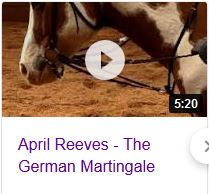
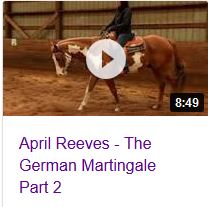
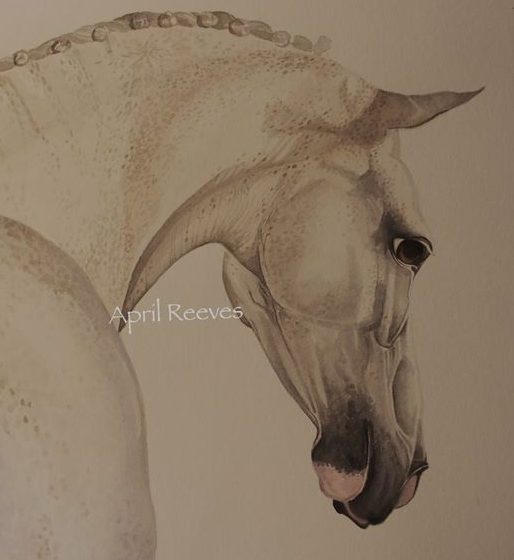

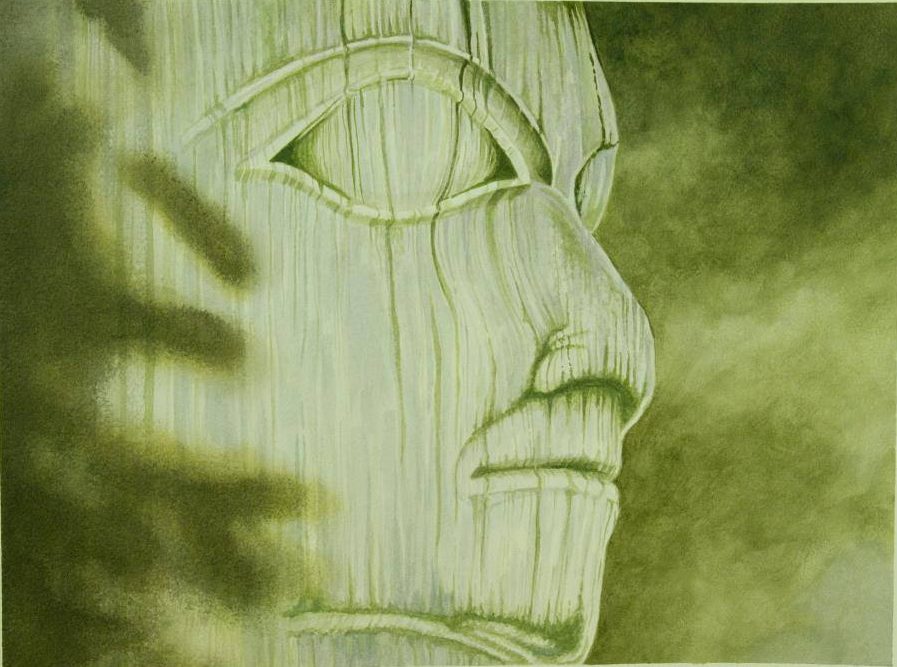
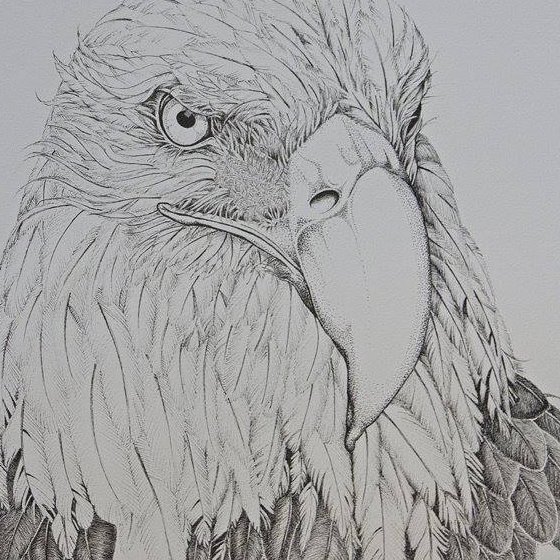




I purchased this saddle and it’s a very comfortable saddle and my horse seems to love it but here are the “issues” I had:
1. You must have a pony girth to cinch the horse up tight enough. I tried using my standard 30″ girth and it was way too big, so the company sent me a 22″ roping girth but that was still too big. It’s because the off billet and near billet straps attach to the bottom of the saddle near the stirrups. I can’t believe I’m the only person to have this problem. I’m ordering a 16″ and an 18″ just to be sure this fits my 15’3″ foundation quarter horse.
2. I have short legs, and it seems i can never get any stirrups short enough, but this saddle, I actually had to lower them to the next to last notch and then there was no room to make them any longer…so be careful.
3. You must have the pad to go with this saddle. It makes it fit the horse and the rider. I tried my own western pad and there was too much “roll” when I mounted and also it felt tight for me until i used the new pad.
4. Hilason’s customer service is good and they offered to make a girth for my horse for a “nominal” fee. I’ll see when I get the pony girths, if this will suffice.
I can really wreck a saddle so I’ll be back and let you all know what condition this saddle is in six months from now.
Happy Trails!
Not sure this saddle is a good idea: if it rolls as you get on it’s not a good fit. This is where a lot of serious wither damage to those sensitive bones can happen. Also you can really wreck a saddle – what about the horse? Hope they’re okay….